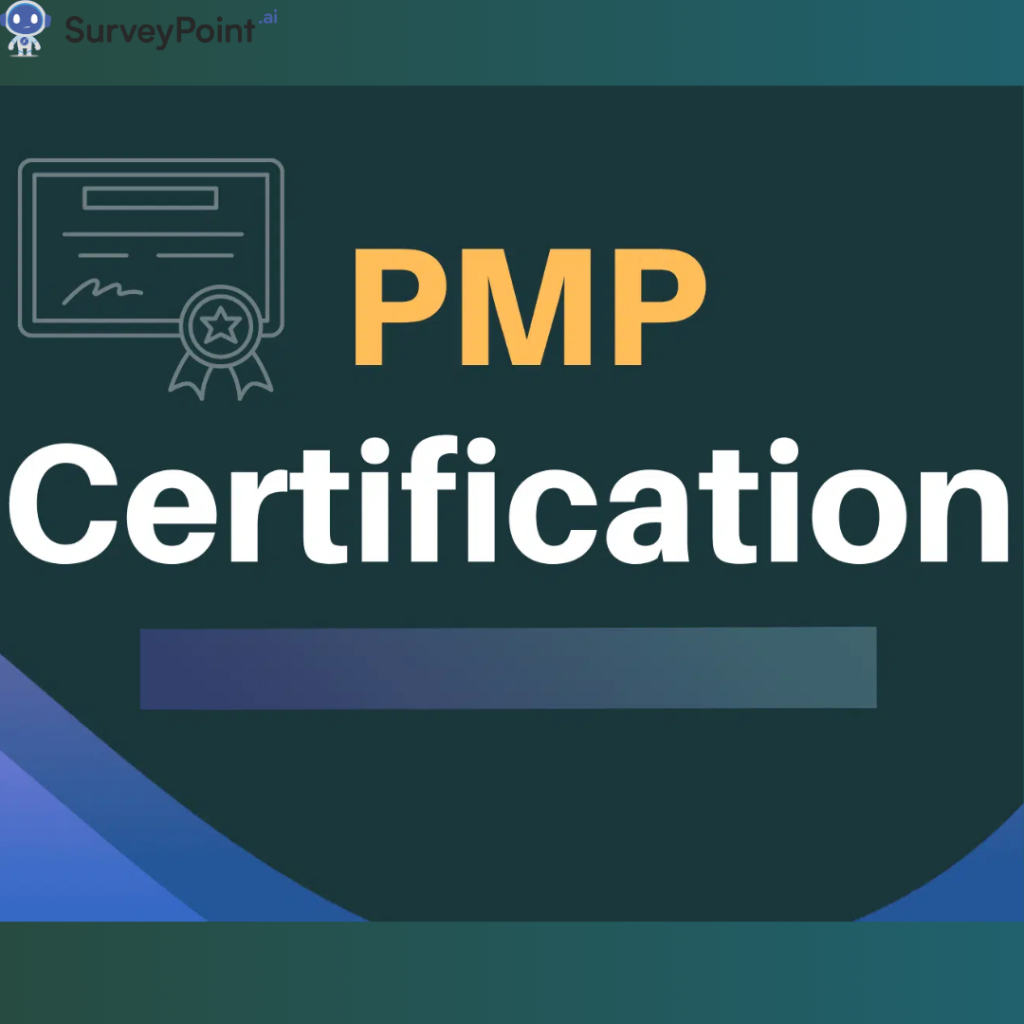
In today’s competitive job market, effective recruitment methods are crucial for finding and attracting the best talent. Businesses must navigate a myriad of channels and strategies to identify candidates who not only have the right skills but also fit well with the company’s culture and values. This blog will explore 12 essential recruitment methods that can help organizations streamline their hiring processes and secure top-notch employees.
What is Best: Internal or External Recruitment Drives?
One of the first decisions a company must make when recruiting new talent is whether to focus on internal or external recruitment. Each approach has its benefits and drawbacks.
Internal Recruitment
Internal recruitment involves promoting or transferring existing employees to fill vacancies. This method has several advantages:
- Familiarity: Current employees are already acquainted with the company’s culture, processes, and expectations, reducing the onboarding time.
- Morale and Motivation: Providing growth opportunities can boost employee morale and motivation.
- Cost-Effective: It often incurs lower costs than external recruitment, as it avoids expenses related to advertising, recruitment agencies, and training new hires.
However, internal recruitment can also have downsides:
- Limited Pool: It restricts the pool of candidates to current employees, potentially leading to a lack of fresh ideas and perspectives.
- Internal Competition: It may create unhealthy competition among employees, affecting teamwork and collaboration.
External Recruitment
External recruitment, on the other hand, involves looking outside the organization to fill vacancies. The benefits include:
- Broader Talent Pool: It provides access to a larger and more diverse group of candidates, increasing the likelihood of finding the perfect match for the job.
- New Perspectives: External candidates can bring fresh ideas, innovation, and a different approach to the organization.
The drawbacks include:
- Higher Costs: It generally involves higher costs related to advertising, recruitment agencies, and onboarding.
- Longer Process: The process of finding, interviewing, and onboarding new hires can be time-consuming.
Ultimately, the best approach depends on the specific needs and circumstances of the organization. A balanced strategy that incorporates both internal and external recruitment can often yield the best results.
12 of the most effective recruitment techniques :
1. Direct Advertising
Direct advertising involves posting job openings on various platforms to attract potential candidates. This method is straightforward and allows companies to reach a broad audience. Job boards, company websites, and industry-specific forums are popular channels for direct advertising.
Benefits
- Wide Reach: It can attract a large number of applicants.
- Targeted Advertising: Advertisements can be tailored to attract candidates with specific skills and experience.
Challenges
- Volume Management: It can result in a high volume of applications, making it time-consuming to sift through them all.
- Quality Control: Not all applicants will meet the job criteria, necessitating a robust screening process.
2. Social Media Recruiting
Social media platforms like LinkedIn, Facebook, Twitter, and Instagram have become powerful tools for recruitment. Companies use these platforms to post job openings, engage with potential candidates, and build a strong employer brand.
Benefits
- Cost-Effective: Many social media recruitment strategies are low-cost or free.
- Active Engagement: Allows for direct interaction with potential candidates and the ability to showcase company culture.
Challenges
- Time-Consuming: Managing multiple social media accounts and maintaining consistent engagement can be labor-intensive.
- Reputation Management: Negative comments or reviews on social media can impact the company’s image and deter candidates.
3. Talent Pool Databases
Maintaining a talent pool database involves creating and managing a database of potential candidates who have shown interest in the company or have been sourced through previous recruitment efforts. This method allows companies to quickly fill positions with pre-qualified candidates.
Benefits
- Speed: Reduces time-to-hire by having a ready list of potential candidates.
- Relationship Building: Maintains ongoing relationships with potential candidates, increasing the likelihood of a successful hire.
Challenges
- Data Management: Requires effective data management practices to keep the database current and relevant.
- Engagement: Maintaining regular contact with candidates to keep them interested in future opportunities.
4. Employee Referrals
Employee referral programs encourage current employees to refer potential candidates from their networks. These programs often include incentives or rewards for successful hires.
Benefits
- Quality Candidates: Referred candidates are often pre-screened by employees, leading to higher quality hires.
- Cultural Fit: Referrals are more likely to fit the company culture, as employees are unlikely to refer unsuitable candidates.
Challenges
- Diversity: Over-reliance on referrals can limit diversity if employees refer candidates similar to themselves.
- Bias: There can be a bias in the selection process, potentially overlooking equally qualified external candidates.
5. Boomerang Employees
Boomerang employees are former employees who return to the company after working elsewhere. They are familiar with the company culture and can bring new skills and experiences gained during their time away.
Benefits
- Reduced Onboarding: Boomerang employees require less training and can quickly reintegrate into the company.
- Loyalty and Engagement: Their decision to return often indicates a strong commitment to the organization.
Challenges
- Reintegration Issues: There may be challenges in readjusting to changes in the company since they left.
- Perception: Other employees might question the rehiring decision, affecting team dynamics.
6. Promotions and Transfers
Promoting or transferring current employees to new roles is a common internal recruitment method. It helps retain top talent and encourages career development within the organization.
Benefits
- Employee Retention: Provides career growth opportunities, improving employee satisfaction and retention.
- Knowledge Retention: Promoted or transferred employees already understand the company’s processes and culture.
Challenges
- Limited External Input: This method may limit the introduction of new ideas and perspectives.
- Vacancy Chain: Filling one position through promotion or transfer may create a new vacancy that needs to be filled.
7. Employment Exchanges
Employment exchanges are government-run initiatives that connect job seekers with employers. They provide a platform for employers to find candidates who are actively seeking work.
Benefits
- Accessibility: Employment exchanges can be a valuable resource for finding candidates from various backgrounds and skill levels.
- Government Support: Often, these services are free or subsidized by the government.
Challenges
- Quality Variance: The quality of candidates can vary widely, requiring thorough screening and evaluation.
- Bureaucracy: Working with government-run programs may involve bureaucratic processes that can slow down recruitment.
8. Recruitment Agencies
Recruitment agencies specialize in finding and placing candidates for employers. They can handle the entire recruitment process, from advertising the position to screening candidates and conducting interviews.
Benefits
- Expertise: Agencies have specialized knowledge and resources to find the best candidates.
- Time-Saving: Outsourcing recruitment to an agency can save internal resources and time.
Challenges
- Cost: Recruitment agency services can be expensive.
- Control: Relying on an external agency may reduce the company’s control over the recruitment process.
9. Professional Organizations
Professional organizations and industry associations often have job boards, networking events, and other resources for connecting employers with qualified candidates.
Benefits
- Targeted Reach: Access to a network of professionals with specific skills and expertise.
- Credibility: Candidates affiliated with professional organizations may have a higher level of credibility and commitment to their field.
Challenges
- Membership Fees: Some organizations may require membership fees for access to their resources.
- Limited Scope: The pool of candidates may be limited to those actively involved in the organization.
10. Internships and Apprenticeships
Internships and apprenticeships are programs designed to give individuals practical experience and training in a specific field. They can serve as a pipeline for future full-time employees.
Benefits
- Talent Pipeline: Provides a way to assess potential long-term employees in a real-world setting.
- Skill Development: Helps develop specific skills tailored to the company’s needs.
Challenges
- Time and Resources: Requires investment in training and mentoring.
- Retention Risk: Interns or apprentices may not stay with the company after their program ends.
11. Recruitment Events
Recruitment events, such as job fairs, open houses, and campus recruitment drives, allow companies to meet and engage with potential candidates in person.
Benefits
- Direct Interaction: Provides an opportunity to interact with a large number of candidates face-to-face.
- Brand Awareness: Enhances the company’s visibility and reputation as an employer.
Challenges
- Logistics: Organizing and participating in events can be resource-intensive.
- Immediate Impact: The success of the event depends on attracting the right candidates.
12. Word of Mouth
Word of mouth involves spreading information about job openings through informal networks and personal connections. It leverages existing relationships to find potential candidates.
Benefits
- Cost-Effective: No direct financial investment is required.
- Trust: Candidates referred through personal networks are often trusted and reliable.
Challenges
- Reach: Limited to the extent of existing networks.
- Diversity: May not attract a diverse pool of candidates.
What Do These Various Recruitment Option Types Indicate?
Exploring these various recruitment methods highlights the importance of a multifaceted approach to hiring. Each method offers unique advantages and challenges, and the best recruitment strategy often involves a combination of several methods. By diversifying recruitment efforts, companies can reach a broader and more diverse pool of candidates, improve the quality of hires, and enhance overall recruitment efficiency.
Conclusion
Effective recruitment is crucial for the success of any organization. By understanding and utilizing a range of recruitment methods, companies can enhance their ability to attract and retain top talent. Whether through direct advertising, social media, talent pools, referrals, or any other method, a well-rounded recruitment strategy is essential for building a strong, dynamic workforce that drives business success.




